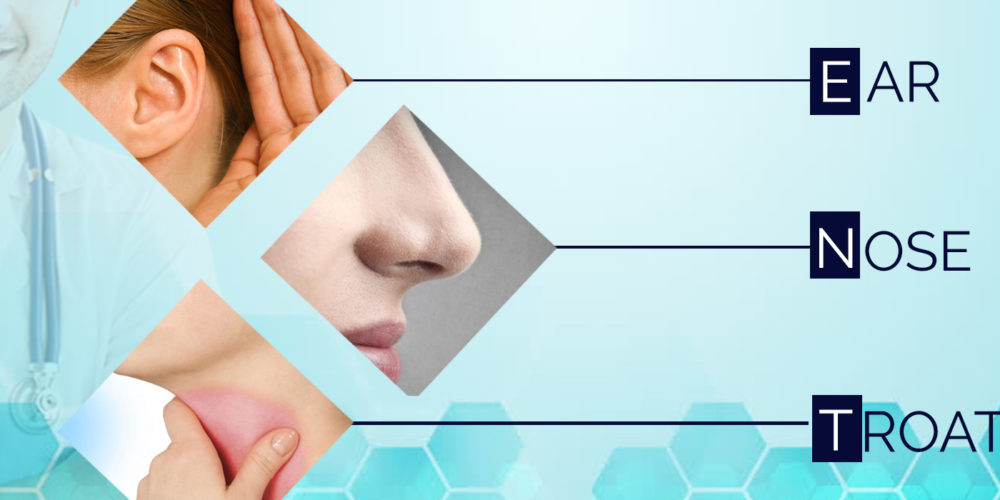
Earwax, also called cerumen, is the fatty substance produced by the auditory glands that cover the entire outer and inner areas of our ears. The main function of wax is to protect, hydrate, and lubricate the ear area to prevent any type of infection from developing in the area, both externally and internally.
However, there are times when the amount of wax we have in our ears is excessive and causes our auditory canal to suffer alterations, leading to infections such as external otitis or hearing loss. These obstructions are one of the most common problems and you ought to consult an ENT specialist near you.
Although the blockage of wax is not serious and is very easy to solve, there are people who decide to remove the accumulated wax on their own and through an incorrect technique, arriving to aggravate the problem and generate other types of conditions more difficult to treat.
Therefore, below we are going to give you five essential tricks to remove the wax from the ear in an easy and safe way.
Ready? Well, let’s start!
5 ways to remove ear wax
Don’t use foreign objects
For years, the main tool for removing earwax has been the famous cotton swabs. However, experts warned some time ago that using these swabs was dangerous because instead of removing the earwax they push it further into the ear and make the problem worse.
Misuse of these objects can permanently damage the ear canal, leading to a partial or total loss of that ear and altering the bone structure of the middle ear, because of the repeated pressure exerted by the swab on the inside of the ear canal.
Buy ear drops in specialty stores
A safer and healthier option for removing earwax is to buy over-the-counter drops. There are now a wide variety of pharmaceutical products in the form of drops that effectively remove excess earwax, with drops made from mineral oil or with at least 3 percent hydrogen peroxide being especially useful.
Do not use ear candles
This remedy is very old and it has been more than proved that it is really dangerous. Placing a candle in the ear can cause a total obstruction of the ear canal, cause a burn or even perforate the eardrum. Therefore, the use of earwax candles is strictly forbidden.
Ask your Primary Care Physician about ear irrigation
If you would like to have your earwax removed by a medical professional, you can also go to your assigned primary care center and make an appointment.
At primary care centers, the method they use to remove wax is irrigation, which involves injecting saline solution into the ear with a pressurized needle. This method is very effective and safe, but it is not recommended for people with diabetes, perforated eardrums, or immune deficiency.
Make an appointment with your ENT Specialist
If you are really concerned about excess earwax and want professional attention, the best thing to do is make an appointment with your ENT specialist for a check-up and treatment plan.
The treatment commonly carried out by ear specialists is called micro-suction, in which the specialist looks through a microscope at the entire ear canal and sucks out the accumulated dirt through the appropriate instruments. This process only takes about 20 minutes and provides an instant feeling of relief.
Is the use of cotton swabs safe?
Surely there are still many people who are not clear about whether or not cotton swabs should be used to remove earwax, but the truth is that it is totally inadvisable to do so.
Cotton swabs have been shown to simply drag the surface wax from the outer ear into the ear, making it much harder to remove and easier to build up. In addition, experts have explained that the closer the wax is to the eardrum, the more it hardens and can lead to ear perforation much more quickly.
In conclusion, it is important to bear in mind that the wax created in our ears is something natural and necessary, being only necessary its elimination when its production is excessive and could compromise the health of our auditory canals.